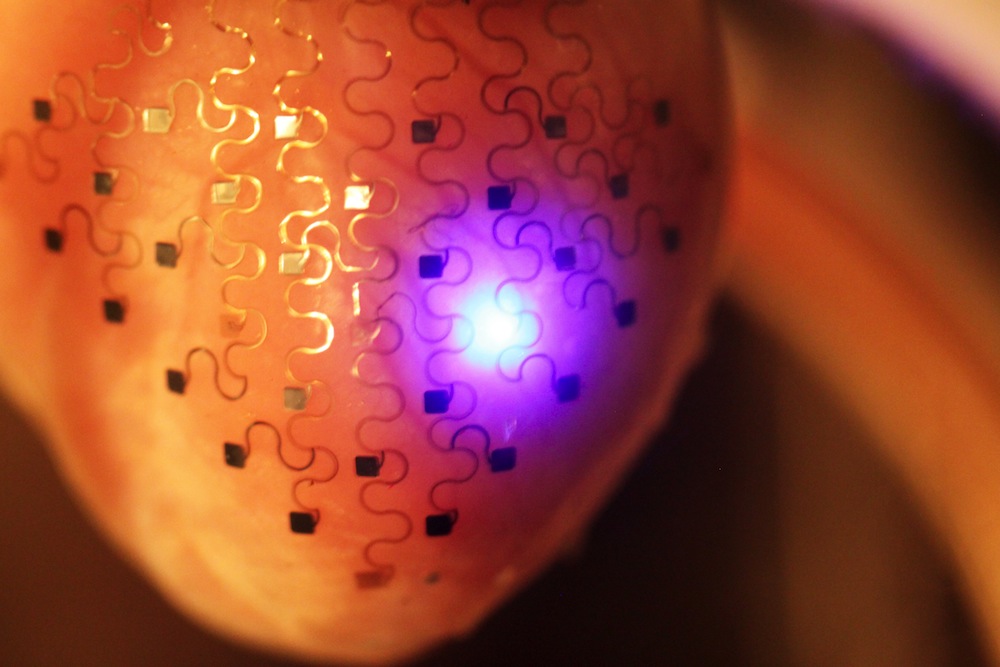Top 3 Techniques for Creating Organs in the Lab

For people who need organ transplants, the agonizing wait could be shortened in the future, as doctors and medical researchers are now advancing techniques for creating new organs in the lab.
Medicine has not yet been able to reproduce the most complex organs such as the heart, liver and lung, said Doris Taylor, director of regenerative medicine research at the Texas Heart Institute in Houston. "But it's very, very exciting to see how far we've come in the last few years," she said.
Even the simplest organs require an underlying scaffold or framework, and recently researchers have found several ways to produce such structures, aiming to help with cases where a transplantable organ from a donor isn't readily available. These methods include bioprinting, reusing an organ cleaned of its cells and spinning one from nanofibers. [7 Cool Uses of 3D Printing in Medicine]
Once the scaffold is ready, it must be seeded with the patient's cells. Then it is put into a bioreactor, where it has to be kept alive prior to being transplanted. This is no easy feat, considering the first bioreactors were only meant to function for a day.
Lives depend on this research. More than 122,000 people are currently awaiting organs in the United States, and 18 people die every day before they can get one, according to the U.S. Department of Health and Human Services Division of Transplantation.
Even the best match with a living organ donation carries risk. The immunosuppressive drugs that people who receive transplants have to take following the transplant are not only expensive, but also can have side effects, and don't guarantee that the body won't still reject the transplant.
Transplants that use organs made with a patient's own cells don't require people to take those drugs.
Sign up for the Live Science daily newsletter now
Get the world’s most fascinating discoveries delivered straight to your inbox.
With high stakes spurring regenerative medicine, here are the top ways researchers are developing organs in the lab.
Decellularization. For years tissue engineers have removed all the cells from pig heart valves in a process called decellularization, and have used these valves as replacements in human patients. Taylor said that gave her and her colleagues an idea: If you can decellularize a valve, why couldn't you decellularize an organ?
In 2008 they demonstrated that it was possible to take hearts from rat and pig cadavers, wash out all the cells and end up with the organ's natural scaffold. Then the researchers showed that the technique worked with other organs, including ones from larger animals.
Later that year world-renowned thoracic surgeon Dr. Paolo Macchiarini, of the Karolinska Institute in Sweden, led a European team in transplanting the world's first tissue-engineered trachea into a young woman. The trachea came from a deceased donor in Spain and was decellularized over six weeks. It was then placed in a bioreactor and seeded with cells grown from the young woman's own.
Since then more than a dozen recellularized tracheas have been transplanted, Taylor said. Researchers hope to use this technique for hearts, although donation — even from the deceased — remains a challenge.
3D Printing. Where nature leaves off, 3D printing could take over. This technique is just what it sounds like: Researchers could print out a synthetic, porous scaffold for an organ.
"The obvious advantage — at least in theory — is that any organ of any shape can be created on demand," said Dr. Saverio La Francesca, chief medical officer for Harvard Apparatus Regenerative Technology, a Massachusetts biotech company that makes products for creating regenerated organs.
In practice, 3D printing technology is still in its infancy. So far, only small pieces of tissue, made for research purposes, have been created this way, La Francesca said. 3D-printed organs could be two decades away, he said.
Electrospinning. A technique called electrospinning is currently much further along than 3D printing. Nanofibers one-hundredth the width of a human hair are assembled into a custom organ scaffold.
"This is superior to the performance of the finest 3D printers today, which can create objects 100 micrometers in diameter — or 100 times larger," La Francesca said. A scaffold made this way can be put into a bioreactor for two days, and rotated so that its surface becomes soaked in cells from a patient's bone marrow. Five people so far have received tracheas created this way.
Engineering organs requires a whole team. You're babysitting an organ, Taylor said. "Although we're trying to make this into a science and a medicine, it's still a bit of an art."
Follow us @livescience, Facebook & Google+. Original article on Live Science.









